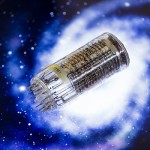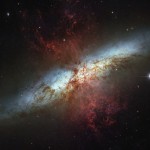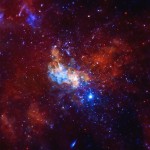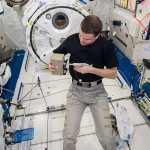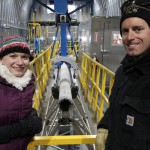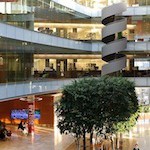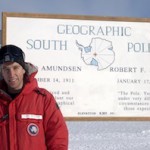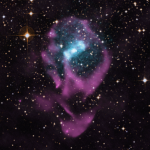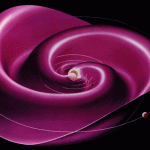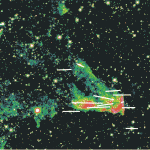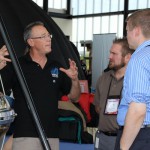Tag Space & astronomy
UW team’s plants return to Earth after growing in space
Researchers at Simon Gilroy's lab in the Department of Botany at the University of Wisconsin–Madison expect to greet a truck this afternoon that is carrying small containers holding more than 1,000 frozen plants that germinated and grew aboard the International Space Station. Read More
Beginning of time to unfold at UW–Madison Space Place
Eavesdrop on the beginning of time this Friday evening (May 30, 2014) at the University of Wisconsin–Madison's Space Place, 2300 S. Park St. Read More
New Milky Way portrait to be on Town Center media wall
The dramatic new infrared picture of the plane of our galaxy will be viewable for the next week on the large media wall in the Town Center of the Wisconsin Institutes for Discovery on the UW–Madison campus. Read More
Fledgling supernova remnant reveals neutron star’s secrets
With the help of NASA’s Chandra X-ray Observatory and the Australia Telescope Compact Array, an international team of astronomers has identified the glowing wreck of a star that exploded a mere 2,500 years ago — the blink of an eye in astronomical terms. Read More
IceCube pushes neutrinos to the forefront of astronomy
The IceCube Neutrino Observatory, a particle detector buried in the Antarctic ice, is a demonstration of the power of the human passion for discovery, where scientific ingenuity meets technological innovation. Read More
The sun also flips: 11-year solar cycle wimpy, but peaking
In a 3-meter diameter hollow aluminum sphere, Cary Forest, a University of Wisconsin–Madison physics professor, is stirring and heating plasmas to 500,000 degrees Fahrenheit to experimentally mimic the magnetic field-inducing cosmic dynamos at the heart of planets, stars and other celestial bodies. Read More
Exhibiting signs of life
What if you could travel back in time 3 billion years, and take a breath? What would earth’s air smell like? Deeply stinky, according to Brooke Norsted, an outreach specialist for the University of Wisconsin–Madison Geology Museum. Read More

